Import of Copper and Iron Minerals to India:
Catalysts for Industrial Growth
India, with its burgeoning industrial landscape, relies on the import of essential minerals such as copper and iron to fuel diverse sectors of the economy. The importation of these minerals plays a pivotal role in construction, manufacturing, and technological advancements, contributing to the nation's infrastructural development and economic growth.
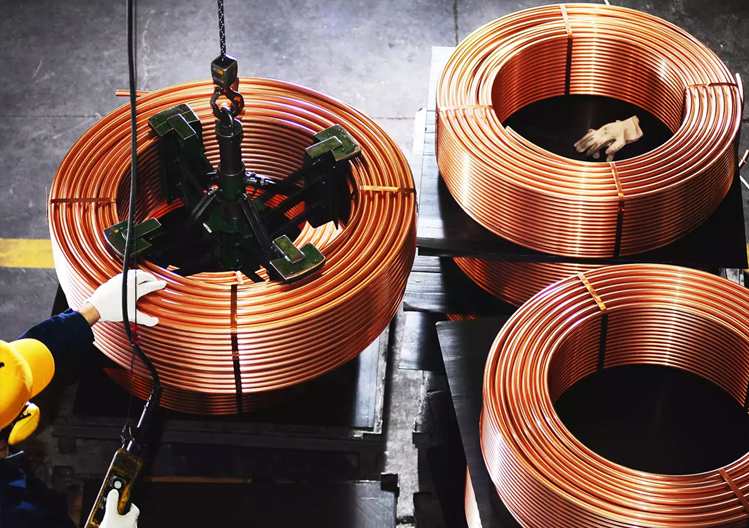
1. Copper Import: Wiring the Future
Import Significance:
Copper, often hailed as the "metal of the future," is crucial for India's development across various sectors, including construction, electronics, and renewable energy.
Key Uses:
-
Electrical Wiring and Electronics
The majority of copper imports are allocated to the production of electrical wiring, transformers, and other electronic components. Its excellent conductivity makes copper indispensable in the electronics industry.
-
Renewable Energy
Copper is a vital component in the manufacturing of solar panels and wind turbines, supporting India's commitment to sustainable and clean energy sources.
2. Iron Import: The Backbone of Infrastructure
Import Significance:
Iron, a foundational metal, is essential for the growth of India's infrastructure, from construction projects to the manufacturing of machinery and transportation systems.
Key Uses:
-
Construction and Infrastructure
Iron is a primary material in the construction industry, used in the production of reinforced concrete, structural steel, and a myriad of infrastructure projects.
-
Manufacturing
Iron and its alloys are crucial in manufacturing processes, contributing to the production of automobiles, machinery, appliances, and a wide array of industrial equipment.
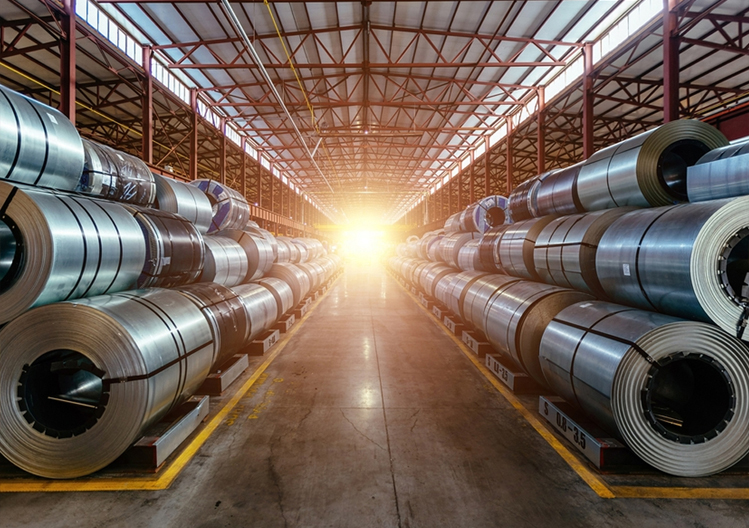
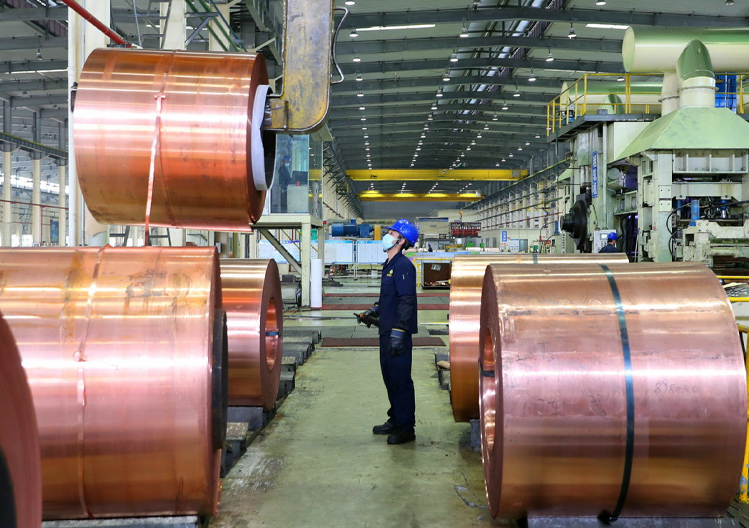
3. Role in Economic Development
Job Creation and Industrial Growth:
The import of copper and iron minerals supports the growth of industries, fostering job creation and economic development.
Infrastructure projects fueled by these minerals contribute to India's economic advancement and enhance its global competitiveness.
4. Technological Advancements
Innovation and Connectivity:
Copper, with its excellent conductivity, supports the development of advanced technologies, including telecommunications and high-speed internet infrastructure.
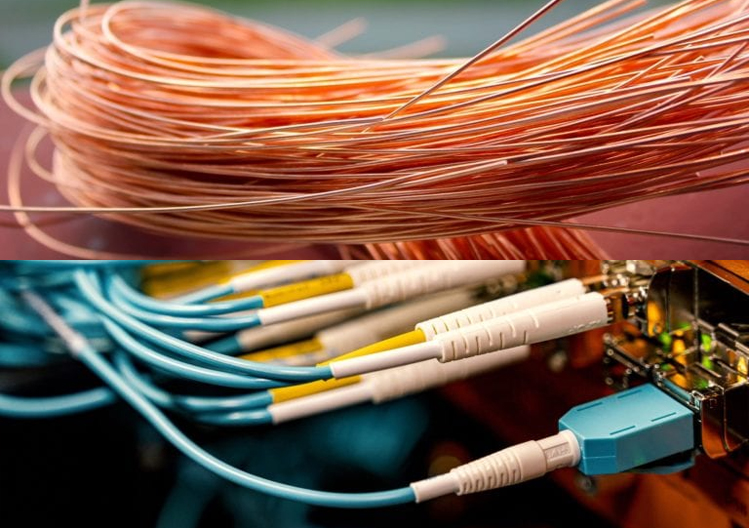
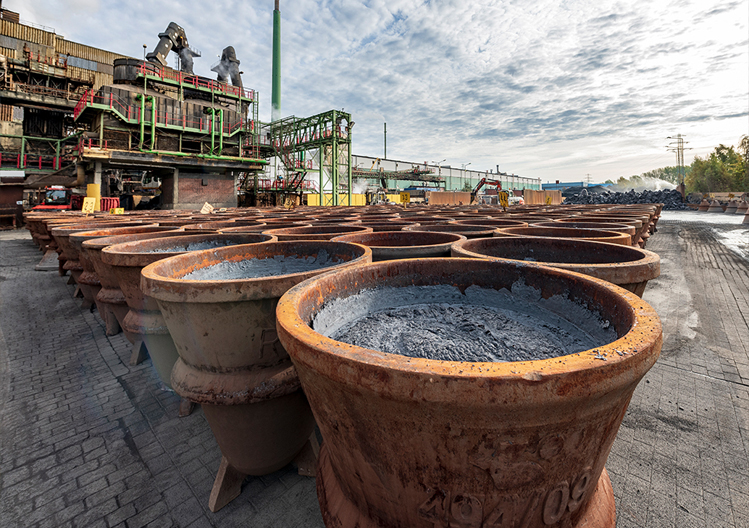
5. Sustainability and Recycling
Resource Conservation:
The import of copper and iron encourages sustainable practices, including recycling initiatives. Both metals are highly recyclable, reducing the environmental impact and conserving natural resources.
6. Challenges and Opportunities
Global Market Dynamics:
The importation of copper and iron is influenced by global market dynamics, necessitating strategic planning and adaptability to fluctuations in prices and supply.
Opportunities for Collaboration:
Collaborative efforts between India and exporting nations can lead to mutually beneficial agreements, ensuring a stable and reliable supply of copper and iron minerals.

Conclusion
The import of copper and iron minerals to India is not just a transaction; it's a catalyst for progress. These essential metals form the backbone of India's industrial landscape, driving innovation, supporting infrastructure development, and contributing to the nation's economic prosperity. As India continues to evolve on the global stage, the strategic importation of copper and iron minerals will play a pivotal role in shaping its future.